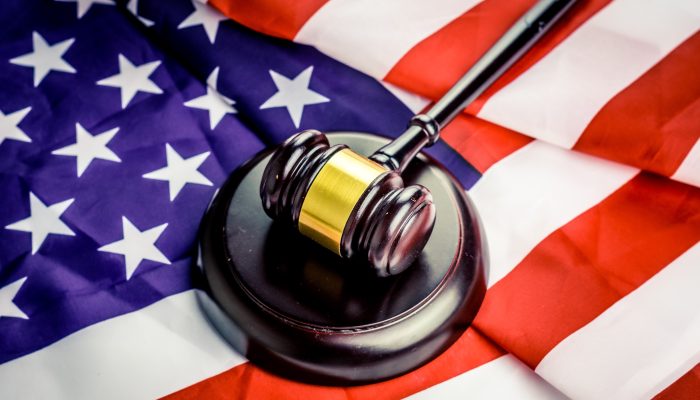Iowa schools are starting this week. Do you know when it is legal to pass a stopped school bus?
In March 2012, Iowa Gov. Terry Branstad signed into law Senate File 2218, the “Keep Aware Driving –Youth Need School Safety Act.” The law helps to prevent deaths and serious injuries to Iowa’s school children while boarding or unloading from a school bus.
The act increased the criminal penalties for passing a stopped school bus and directed the Iowa DOT to enact rules that make illegally passing a stopped school bus a serious moving violation that triggers increasing periods of suspension for first, second, and subsequent offenses.
All drivers should be alert and aware of the Danger Zone. This is an area on all sides of a bus where children are in the most danger if not seen by a driver, while they load and unload from the bus.
Drivers traveling on a two to three-lane road from the rear of a school bus, watch for flashing red lights or amber warning lights. At this time, drivers should be prepared to stop and are not allowed to pass the school bus until the stop arm is retracted.
When drivers meet the bus from the front, watch for amber warning lights flashing. These lights warn drivers to slow vehicles to 20 mph and prepare to stop. Driver must remain stopped while the stop arm is extended until it is retracted.
For drivers traveling on roads with more than two lanes in each direction behind a school bus, the rules are the same as the roads with two or three lanes.
Traveling on roads with more than two lanes in each direction meeting the bus from the front does not need to stop even if the bus has stopped with flashing lights and stop arm out.
You can read the full article at Siouxland Proud.










